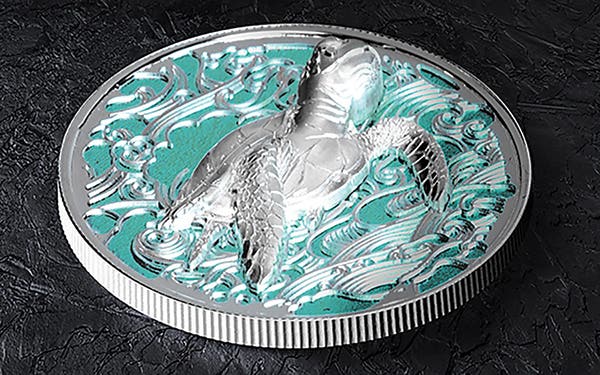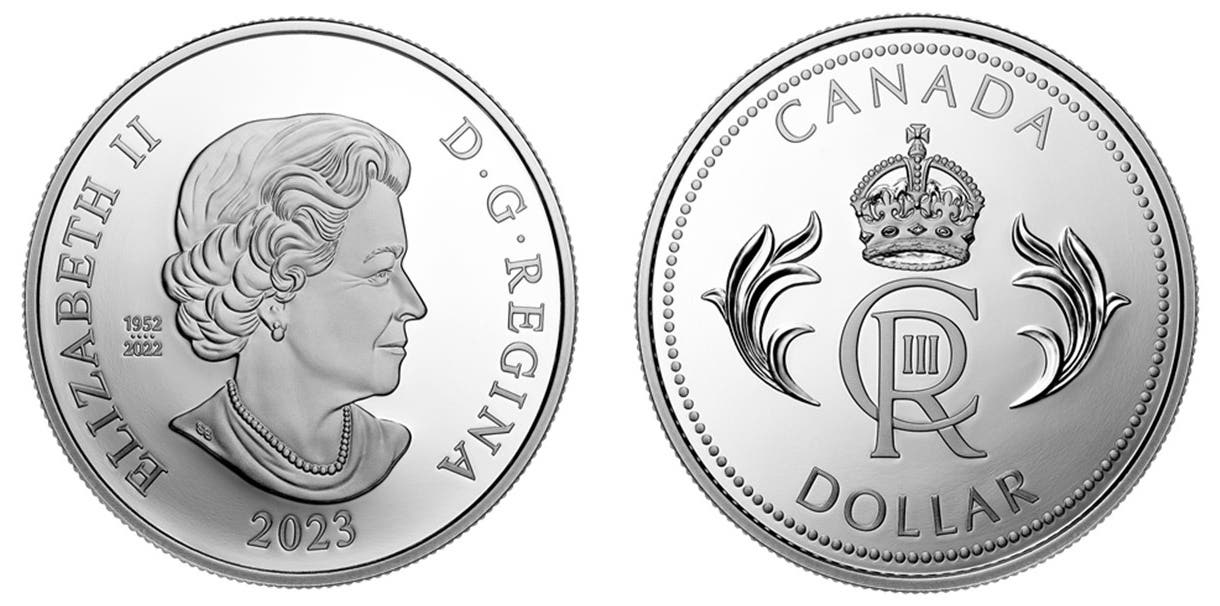Gold ancient coins top $3.4 million CNG auction
Classical Numismatic Group’s sale 103 produced a top result. Their September auction hammered $2,826,186 on a pre-sale estimate of $1,992,300, for a clearance rate of 98.30 percent. With 19 percent…
Classical Numismatic Group’s sale 103 produced a top result. Their September auction hammered $2,826,186 on a pre-sale estimate of $1,992,300, for a clearance rate of 98.30 percent. With 19 percent commission added, the total realized was $3,363,161.
Top price of $77,350 was achieved by a unique gold oktadrachm of Antiochos The Great of the Seleukid Empire. The 29 mm, 34.07 gram coin had been struck circa 197-192/0 B.C.E. at “Uncertain Mint 68” in Mesopotamia. It is one of several ad-hoc Seleukid issues believed produced for presentation or donative purposes. This is consistent with the obverse die being one used to strike contemporary tetradrachms. The coin came graded VF.
Just a short distance behind in the price stakes came a superb, 16mm, 10.76 g, Kroisos gold stater. This was one of the short-lived, heavy type struck at Sardes mint. Archaic design features point to it being an extremely rare prototype issue. Graded lustrous aEF it had no difficulties in realizing $71,400 on its $50,000 estimate.
Almost $15,000 behind came an attractive gold aureus of Pertinax, the first to receive the imperial purple in Rome’s Year of the Five Emperors. He reigned as Emperor for just 86 days in 193 C.E. before being murdered by his Praetorian guard. In toned EF his coin fetched $56,525.
The CNG sale offered far more than ancients. Two more recent items fetched $49,980 apiece.
First up was a very rare 38mm, 37.30 g, Qing dynasty pattern gold liang (tael), KM-Pn39, dated cyclical year Ting Wei (1907). Struck at the Tianjin Central Mint the obverse showed a five-clawed, imperial lung coiled about a flaming pearl and surrounded by stylized clouds. It came graded AU. Earlier in 2016 the coin had hammered for $50,000, which was never paid.
Second was a superb gold medal of Charles II struck for presentation to naval officers who distinguished themselves in the 1665 Battle of Lowestoft. This was an extraordinary encounter. It was not so much won by the British as lost by the Dutch. It was nonetheless one of the all too few naval successes enjoyed by the Royal Navy in the 17th century Anglo-Dutch wars. The novelty was such that a national holiday of thanksgiving was declared on June 20.
The design by Johann Roettiers shows the monarch’s laureate bust on the obverse with him standing on the reverse surveying the battle. Presumably that is a Dutch ship sinking at stage right with its sailors drowning alongside.
The massive 63mm, 201.6 g medal continued to be awarded to senior officers who distinguished themselves in naval actions later in the reign of Charles II. Today no more than five examples are known.
One of the officer awardees from Lowestoft was William Penn, Captain of the Fleet to the Duke of York, and father to the American colonist of the same name.
The sale catalog is no longer posted at the CNG website but the complete list of prices-realized is: www.cngcoins.com.
This article was originally printed in World Coin News.
>> Subscribe today or get your >> Digital Subscription
More Collecting Resources
• Any coin collector can tell you that a close look is necessary for accurate grading. Check out this USB microscope today!
• The Standard Catalog of World Coins, 1601-1700 is your guide to images, prices and information on coins from so long ago.








